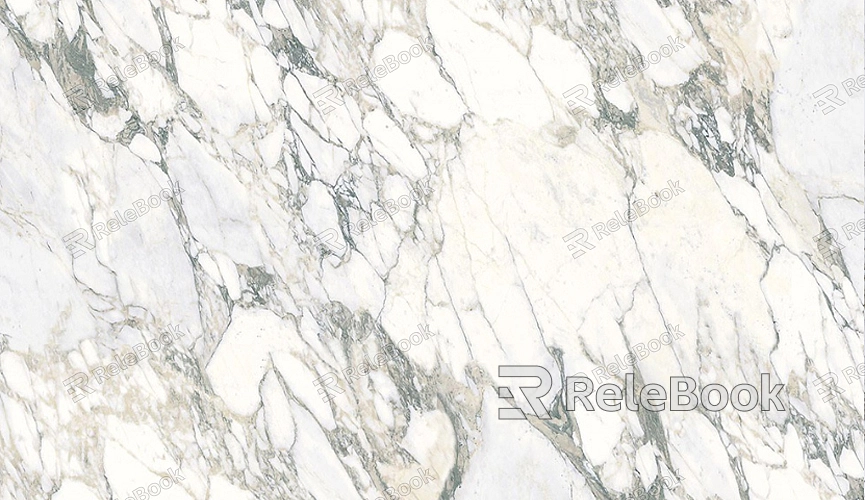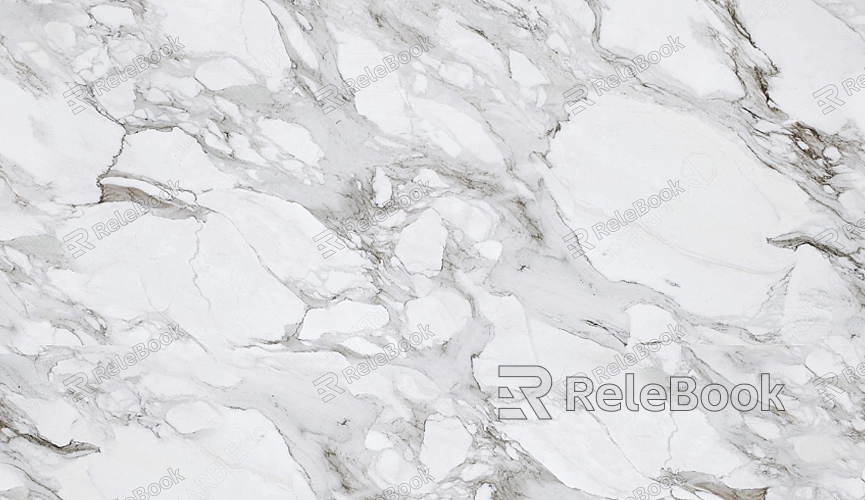How to Create Realistic Textures for 3D Models?
In the world of 3D modeling and animation, the quality of textures directly influences the realism and visual appeal of a project. Textures not only enhance the appearance of a model but also convey more information through lighting and material effects. In this article, we'll explore how to create realistic textures for 3D models, covering the basics of textures, the techniques and tools used in the creation process, and some practical tips and examples.

The Basics of Textures
Before diving into texture creation, it's important to understand the fundamental concept of textures. Textures are images or data applied to the surface of a 3D model, giving it color, detail, and visual characteristics like gloss or roughness. Textures can be categorized into several types, including diffuse textures, normal maps, specular maps, and ambient occlusion maps. Each type has a specific role, and together, they create a more detailed and lifelike model.
1. Diffuse Texture: Determines the base color and pattern of the model's surface, usually what we visually perceive as the texture.
2. Normal Map: Simulates the details of small bumps and grooves on the surface by altering the direction of the surface's normals, giving the illusion of depth when light hits the model.
3. Specular Map: defines the shininess and reflectivity of the surface, controlling the intensity of highlights from light sources.
4. Ambient Occlusion Map: Enhances the shadows in crevices and areas blocked from light, adding depth and realism to the model.
Understanding these basic concepts will help you approach texture creation with greater precision and efficiency.

Tools for Creating Textures
Choosing the right tools is essential when creating textures. Here are some commonly used software options:
Photoshop: A popular image editing tool often used for creating and editing diffuse textures.
Substance Painter: A specialized 3D texture painting software that supports real-time previews and the creation of complex materials.
Blender: A free and open-source 3D creation suite that includes texture-making and rendering capabilities, making it ideal for budget-conscious users.
Maya/3ds Max: Powerful 3D modeling and animation software that comes with advanced material and texture features.
Familiarizing yourself with these tools and their core functionalities will help streamline the texture creation process.
Steps to Create Realistic Textures
Now that we’ve covered the basics and tools, let’s dive into the step-by-step process of creating realistic textures.
1. Gather Reference Material
Before starting any texture work, it's crucial to gather high-quality reference material. Whether you're taking your photos or finding suitable images online, references help you accurately capture the surface's details, colors, and texture.
2. Create a Diffuse Texture
Using your reference material, create a diffuse texture in software like Photoshop. You can draw, collage, or modify photographs to achieve the desired effect. Make sure the colors closely match the real-world object, especially in detailed areas like scratches, dirt, or wear and tear.
3. Make a Normal Map
Once the diffuse texture is complete, move on to creating a normal map. Software like Substance Painter allows you to generate normal maps easily. These maps add depth and realism by mimicking fine surface details, making the model look more intricate when lighting interacts with it.
4. Add a Specular Map
Next, create a specular map to define how shiny or reflective the surface is. Depending on the material properties of the object (whether it's metal, wood, plastic, etc.), adjust the brightness and contrast of the specular map to ensure the highlights look realistic.
5. Apply Ambient Occlusion
Finally, create an ambient occlusion map to enhance shadows and create depth. This map can be manually painted or generated using software tools that simulate light occlusion, resulting in richer, more lifelike textures.
6. Integrate Textures with the Model
Once all textures are complete, integrate them with the 3D model using software like Maya or Blender. During this stage, you can adjust the alignment and scaling of the textures to ensure they fit the model perfectly. Real-time previews can help you ensure that the textures match the geometry and lighting of the model.
7. Adjust and Optimize
In the final stage, fine-tune the textures by adjusting the color, gloss, reflection, and shadow effects as needed. Perform multiple rendering tests under different lighting conditions to ensure the textures look realistic and natural from all angles.
Texture Creation Tips and Examples
Mastering texture creation requires more than just following steps—it involves employing practical techniques that can significantly enhance your work. Below are some tips and examples to guide you:
1. Use Real-World Materials
Whenever possible, base your textures on real-world materials. For example, taking photographs of actual textures and processing them for use in your models can greatly enhance realism. Even for simple textures like wood, stone, or fabric, real photographs often provide a level of detail that's hard to replicate digitally.
2. Layer Textures for Complexity
By layering multiple textures, you can create more intricate effects. For instance, adding subtle grime, scratches, or wear on top of the base texture can give it more depth and make it feel more realistic.
3. Consider Realistic Lighting
While creating textures, always think about how the object will look under different lighting conditions. Depending on where the light source is positioned, adjust highlights and shadows on your textures to give the model a more natural appearance.
4. Continuous Learning and Practice
Texture creation is an evolving field, with new tools and techniques emerging regularly. Staying up to date by participating in online communities, seeking feedback, and experimenting with new methods will help you improve your skills over time.
By understanding the fundamentals of textures, selecting the right tools, and following a structured workflow, you can greatly enhance the realism of your 3D models. The key to mastering texture creation is continuous practice and learning. Hopefully, this guide has provided you with useful insights and techniques to advance your texture creation skills. If you're looking for high-quality 3D models and textures, visit the Relebook website for downloads to take your projects to the next level.
FAQ
How do I choose the right texture resolution?
Choosing the right texture resolution depends on the application and viewing distance of the model. For large scenes or close-up shots, use higher-resolution textures to retain detail. For low-poly models or distant objects, lowering the resolution can improve performance without sacrificing too much visual quality.
What should I pay attention to when making textures?
When creating textures, pay attention to color matching, detail accuracy, and how lighting interacts with the surface. Avoid overdoing effects, and aim for a natural, balanced look.
How can I make my textures look more realistic?
To make textures more realistic, focus on fine details and lighting effects. Adding imperfections like scratches, smudges, and slight variations in texture can help bring the model to life. Incorporating ambient occlusion and specular highlights also enhances realism.
What’s the difference between textures and materials?
Textures are images or data applied to a 3D model's surface, while materials refer to the properties that define the optical behavior of the surface, such as color, reflection, and transparency. Textures are an integral part of materials.
Which software can I use to create textures?
Common software for texture creation includes Photoshop, Substance Painter, Blender, Maya, and 3D Max. The best tool depends on your project needs and budget.

